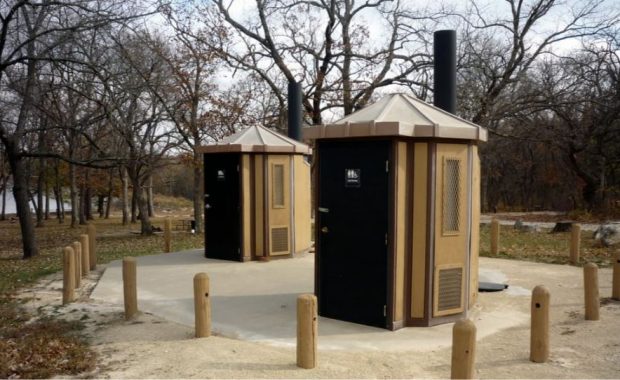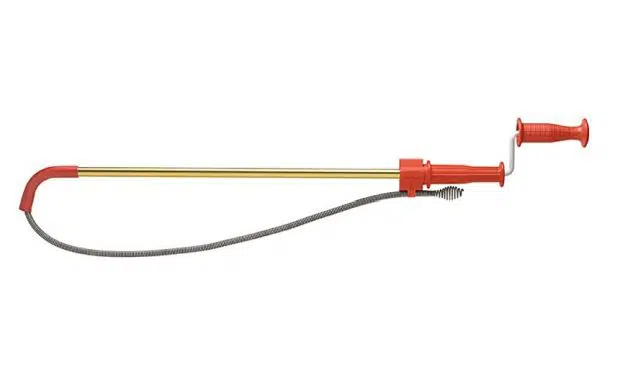It’s spring! You know what that means: Time to throw open the windows, dust off the cobwebs, and shake out the rugs. But what about that one spring
Mixtures for Toilet Cleaning | Special Recipe 2025
Why waste your holidays scrubbing your toilet when you have homemade toilet cleaning mixture in hand? Made of all-natural ingredients, homemade toilet
Fixing a Toilet Chain – A DIY Guide
Fixing a toilet chain might seem complicated, but we promise it’s not rocket science! It’s a common problem homeowners come across, and you can
Installing a Basement Toilet (Step-by-Step Guide)
Installing a toilet in your basement is an excellent way to maximize your living space. It can transform your ground floor from a drab storage area
Replacing a Toilet Fill Valve Guide of 2025
If you have a leaky toilet, chances are the fill valve is faulty. Toilet fill valves are designed to prevent water from running when the tank is
Adjusting a Toilet Float (Ballcock & Cylinder Floats)
Is your toilet bowl too empty to flush or so full it’s one drop away from spilling out onto your shoes? You may have an issue with your toilet
Vault Toilet Guide (Fully Explained)
Vault toilets are much different from standard flush toilets. These toilets are non-flush, use no water, and store all waste in a large airtight
Toilet Snakes for Stubborn Clog | Homeowner Guide 2025
There’s no feeling quite like watching the water-level rise ominously in the toilet bowl. Often unhygienic, messy, and even embarrassing, a blocked
Installing a Toilet the Right Way | Step-by-Step Guide
Installing your own toilet is an impossible task, right? Wrong! Within this easy-to-follow guide, you’ll find step-by-step instructions that will








